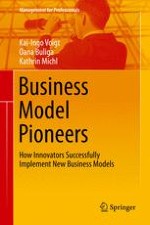2017 | OriginalPaper | Buchkapitel
5. Globalizing Coffee Culture: The Case of Starbucks
verfasst von : Kai-Ingo Voigt, Oana Buliga, Kathrin Michl
Erschienen in: Business Model Pioneers
Aktivieren Sie unsere intelligente Suche, um passende Fachinhalte oder Patente zu finden.
Wählen Sie Textabschnitte aus um mit Künstlicher Intelligenz passenden Patente zu finden. powered by
Markieren Sie Textabschnitte, um KI-gestützt weitere passende Inhalte zu finden. powered by
